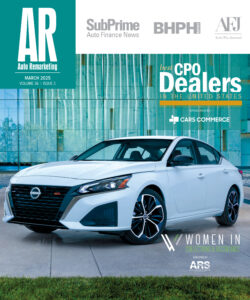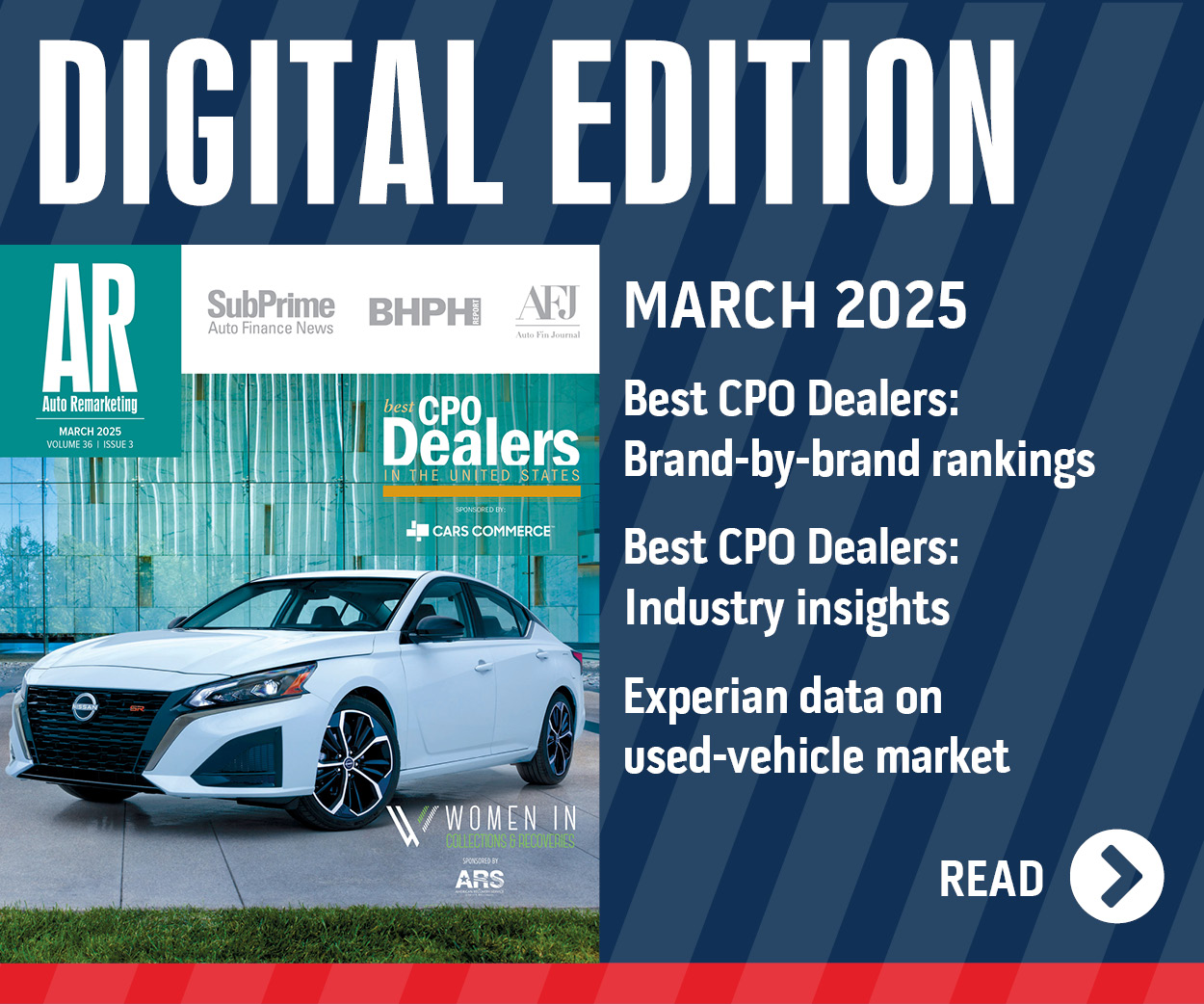Retail demand continues ‘shift’ to used cars

The senior economist of the National Automobile Dealers Association sees a continued “shift” in demand from new cars to used on the horizon, according to a Q&A analysis of the second quarter released by NADA earlier this month.
One of the drivers for this movement to used vehicles is the pricing difference between new and pre-owned, which continues to grow, even as used cars become more expensive at franchised dealerships.
In the analysis, NADA senior economist Patrick Manzi, who was citing the latest NADA Average Dealership Financial Profile Series, said that used vehicles sold for an average price of $20,979 at franchised dealerships in April.
That’s up 3.8% year-over-year.
New-car prices were up 3.3% at $36,642.
“The average monthly payment gap between new and used vehicles continues to increase, which will likely result in more consumers shifting to the used market,” Manzi said in the Q&A.
In June, the average monthly payment on new cars was $562, with the average monthly payment for used cars at $411, according to Edmunds.
The gap between new and used last month ($151) was more slightly more pronounced than it was a year ago ($137), when monthly payments on new cars averaged $535, and monthly payments on used were $398.
That said, Edmunds said June was the second straight month that average interest rates on new cars fell, coming in at 6%, which is a 2019 low.
June also had more new-car deals with interest rates between 2% and 5% than any other month of the year, Edmunds said.
“The summer selldown is officially in full swing, and car shoppers are finally starting to find the price breaks they’ve been hoping for,” said Jessica Caldwell, Edmunds’ executive director of industry analysis, in a news release.
“While we’re not talking about the dramatic discounts you could find just a few years ago, it’s clear automakers are realizing if they want to sell new cars at record-high prices, they’re going to have to do something to entice the average consumer,” she said.
There’s also the dynamic of off-supply at play. NADA is forecasting more than 4 million vehicles coming off lease this year, with the supply peaking during the summer.
According to Cox Automotive, off-lease vehicle volume is expected to reach a peak of 4.1 million this year (up from 3.9 million last year) and then stay at that level in 2020.
In the 2019 Automotive Industry Trends: Midyear Update report released late last month, Edmunds said that year-to-date lease penetration was at 32.2% through May, which is the highest in its data set that goes back to 2002.
A year ago, year-to-date lease penetration was 31.5% and in 2017, it was 31.3%. It reached 32.1% through May 2016.
“Off-lease inventories will remain robust over the next few years due to high leasing penetrations over the past few years,” Manzi said. “As prices continue to climb on the new vehicle side for both loans and leases, more and more consumers will shift the used-vehicle market.
“Low vehicle sales during the Great Recession have resulted in supply constraints of older and lower priced vehicles, which will cause prices at the lower end of the spectrum to remain elevated in the near term,” he said.
From a sales perspective, Cox Automotive estimated that there was a 3.0% year-over-year decrease in overall used-vehicle sales last month. The seasonally adjusted annualized sales rate for used cars came in at an estimated 39.8 million, versus 41.1 million in June 2018 and 39.2 million in May.
“Last year is a tough comparison for the month as the used-vehicle market experienced an abnormal increase in consumer demand during the summer driven by tariff fears and rising interest rates,” the company explained in a news release.
Added Cox Automotive chief economist Jonathan Smoke, “From a retail sales perspective, the used-car market continues to outperform the new market. While we are past the busiest time of the year, a strong used market has continued into summer due in large part to the record number of late-model off-lease vehicles available that provide an affordable alternative to expensive new vehicles.
“Used vehicle price movement in June indicates that demand for ‘gently used’ vehicles exceed supply,” he said.

 View The Latest Edition
View The Latest Edition

